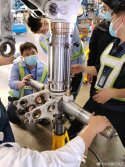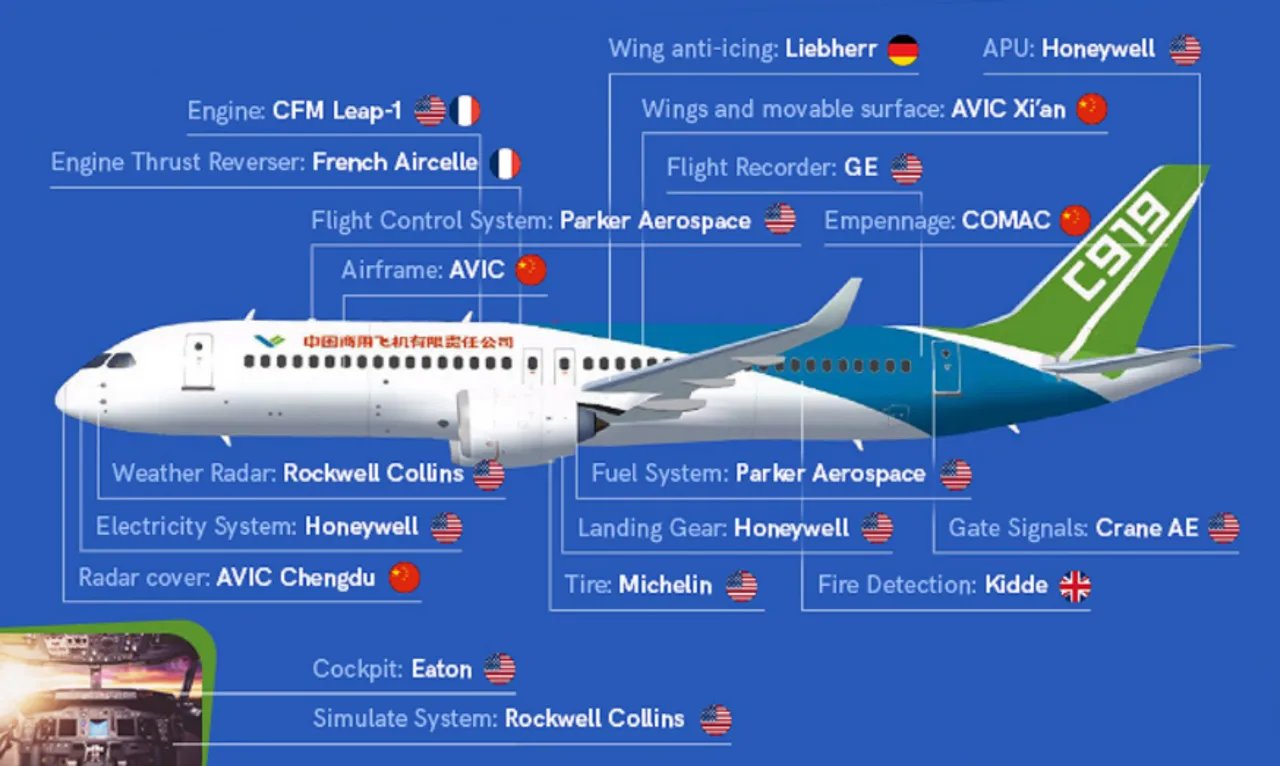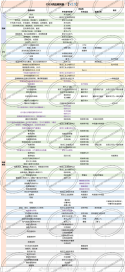So does anybody have the primary sources for the localization rate of the c919? I've seen various figures thrown around, like 60 or 65%, but it's unclear to me how these are measured and where they are quoted from. There's also the issue of the localization rate of the jet's sub components. IE, supposedly foreign-made pieces of the plane may be manufactured physically in China by 50/50 JV's, but what is the localization rate of those pieces themselves? I can't read technical Chinese so any help would be greatly appreciated.
Localization
A report by Zhongtai Securities showed that the localization rate of the C919 is around 60 percent. In 2017, Wu Guanghui, chief designer of the C919, told Caixin that the plane has millions of interfaces, which are related to the connection between multiple systems such as hydraulics and avionics. He said the design scheme of the aircraft is the core intellectual property of COMAC.
"Although the localization rate of the aircraft is around 60 percent, it is still a good start," Qi Qi, a market watcher said, explaining that making planes involves global division of labor and no country can build an aircraft all by itself.
during Zhuhai air show they confirmed about localization rate. reached at 60 percent by 2021-2022.
***********************************************************************************************************************
this 60 percent include JVs with western suppliers currently producing in mainland. now what is the percentage of those JVs. this is secret between COMAC and that supplier. nobody can tell you. but if COMAC itself confirmed about 60 percent localization it means they have core technology of that component/part
for example. at the beginning cockpit was a joint venture in between AVIC and GE. as per the current update, GE withdrew.
Cockpit of the C919 currently producing two AVIC subsidies
AVIC Shanghai Aviation Electric Co., Ltd., and Shangdian Institute is AVIC Radio Electronics Research Institute
SEEC is solely responsible for the control panel components around the pilot and the dimming control system (CPAs&DCS) work package, which is the human-machine interface for the pilot to control; at the same time, it also provides the integrated circuit breaker board (ICBP) work package at the rear of the cockpit .
SEC is responsible for the cockpit display system and A664 network switch, which are the key subsystems and components of the avionics system. The most conspicuous ones are the five large LCD screens arranged in a T shape.
************************************************************************************************************************
another example. landing gear system of ARJ-21/C919
it was joint venture established by Liebherr and AVIC with 50/50 shareholding started operate in 2014 in Changsha city, Hunan province
in September 2016, Liebherr and AVIC completed and deliver first landing gear of ARJ-21 in China and all core parts were imported.
in September 2018, Liebherr and AVIC assembled and deliver first landing gear of C919 and all core parts were imported.
in 2019, Chinese local suppliers have replaced key forgings parts of the landing gear like main outer cylinder forgings and outer precision wheel hubs. those Chinese companies are Erzhong Wanhang and southwest Aluminum.

as you can see. initially COMAC happily imported core components in JVs coz they didn't have choice but as China continue to climbing up in value supply chain. they started to replace parts in JVs too..
Edit - i forgot to add. 16 major Joint ventures were established in 2009-2015 time period. and there is a lot tech transfer happened during that time. all JVs were 50/50 partnership with local suppliers. western firms wanted market share and money hence happily join hands.



